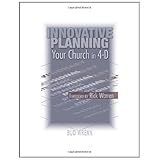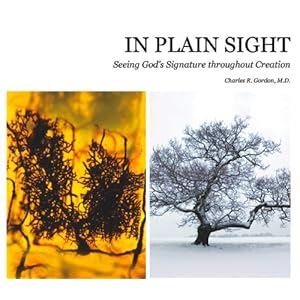
The "4-Dimensions" are: Visionary: asking "Where are we going?", Missional, asking "What will we do on the way?", Strategic, asking "How will it get done?" and Tactical, asking "Who will make our dreams become action?". The beauty of the process is the integration of the spiritual gifts of the participants in these dimensions. These D's form a visual for the church family, with its unique individual gifts into a mission unique to the group. Everything moves toward doing something that invites the congregation to be both flexible and innovative. Our medium sized congregation used the process in a one evening retreat with follow up break out groups. The results are exciting.
This book is not another 40-Days style rigid process and will not bring instant success. It must be interpreted and applied to your situation. The philosophy and theology are very sound. It goes on my essential's shelf with the Leadership books.
















